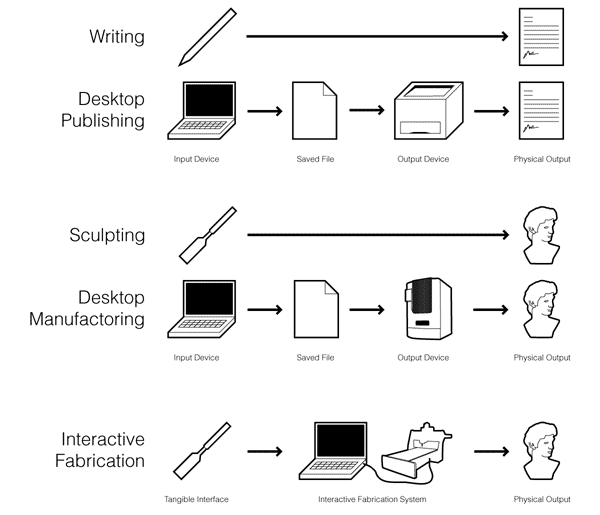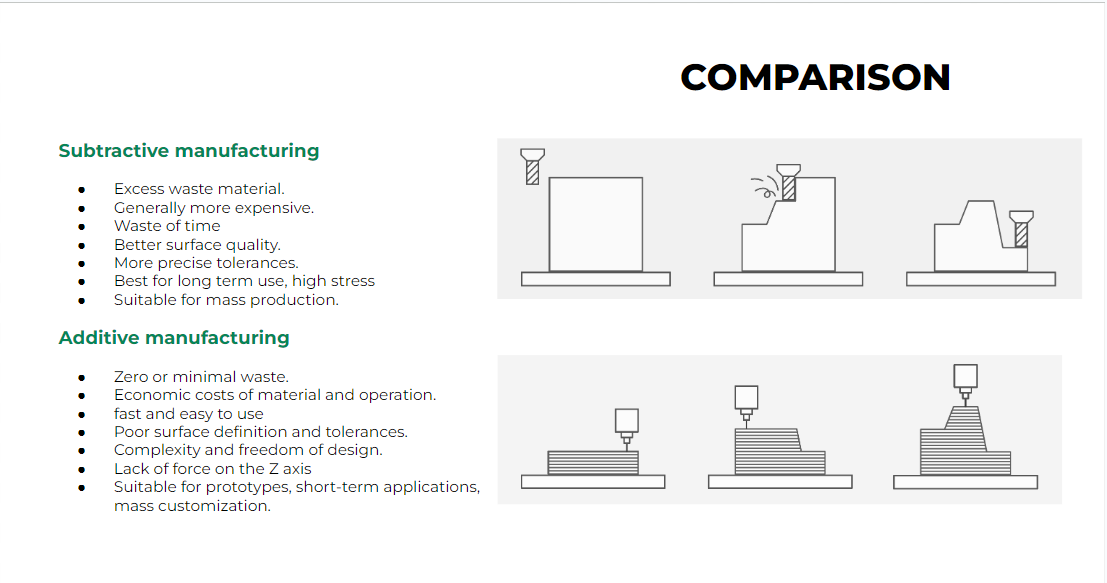
Go Back Term1


Showcase: Google Slides Link
Powerpoint: Google Slides Powerpoint Link
Deprecated tech, not massively adopted, vernacular, analog
Technology we hardly understand
The idea of hacking
Most people have forgotten or perhaps never realized how radical it is that on the web by default you can select and copy text. - @computerfact
From convenience to expression technologies
From survival to rebel technologies
From extractive to regenerative technologies
Forensics of obsolescence confronts us with the results of today’s consumers’ electronics industry model. By tearing apart broken everyday objects we uncover key topics such as systems thinking, supply chains, intellectual models, reverse engineering or programmed obsolescence. On top of it, by using a hands-on approach we introduce the use of fundamental technology hacking concepts: datasheets, multimeters, power supplies, electronic tools. We will document our findings by writing a “forensic report” of each artifact.

Tinkering: open-ended, hands-on, focused exploration of a variety of different materials that often leads to new ideas and discoveries.
Creative process, Conversation with materials (Tech as a material)
Useless: of no use; not working or not achieving what is needed not serving the purpose or any purpose
A paradox is a logically self-contradictory statement or a statement that runs contrary to one's expectation
Simplicity
Honesty: All the element must be seen accounted for “INTEGRATIVE System” System design - relation between elements
Processes: Iteration, creative, prototyping or any process by which something new is produced-an including a new form or arrangement of old elements
Design without design technologies:

Chindōgu
Chindōgu is a form of Japanese ingenuity that translates as "weird tool" or "useless artifact." Popularized by Kenji Kawakami, it involves inventions that appear useful but prove ineffective or impractical in reality. These absurd creations often humorously address everyday problems but are not practical tools for solving them. Examples include a hat for eating noodles without tilting the head or a chair with a hole for carrying a goldfish. In summary, chindōgu plays with the concept of the utility and futility of things.The practice of "hacking" objects, understanding and modifying their functionality, integrates effectively with the "ongoing" methodology and rapid prototyping. The "ongoing" philosophy provides the flexibility needed to constantly adapt to new ideas and adjustments during the process of understanding and modifying objects. Rapid prototyping becomes an essential tool for iteratively creating prototypes that help visualize and test proposed modifications, allowing for a quick evolution and refinement of ideas. This integrated approach not only drives innovation and creativity but also offers an agile and effective way to continuously understand, modify, and optimize objects.
